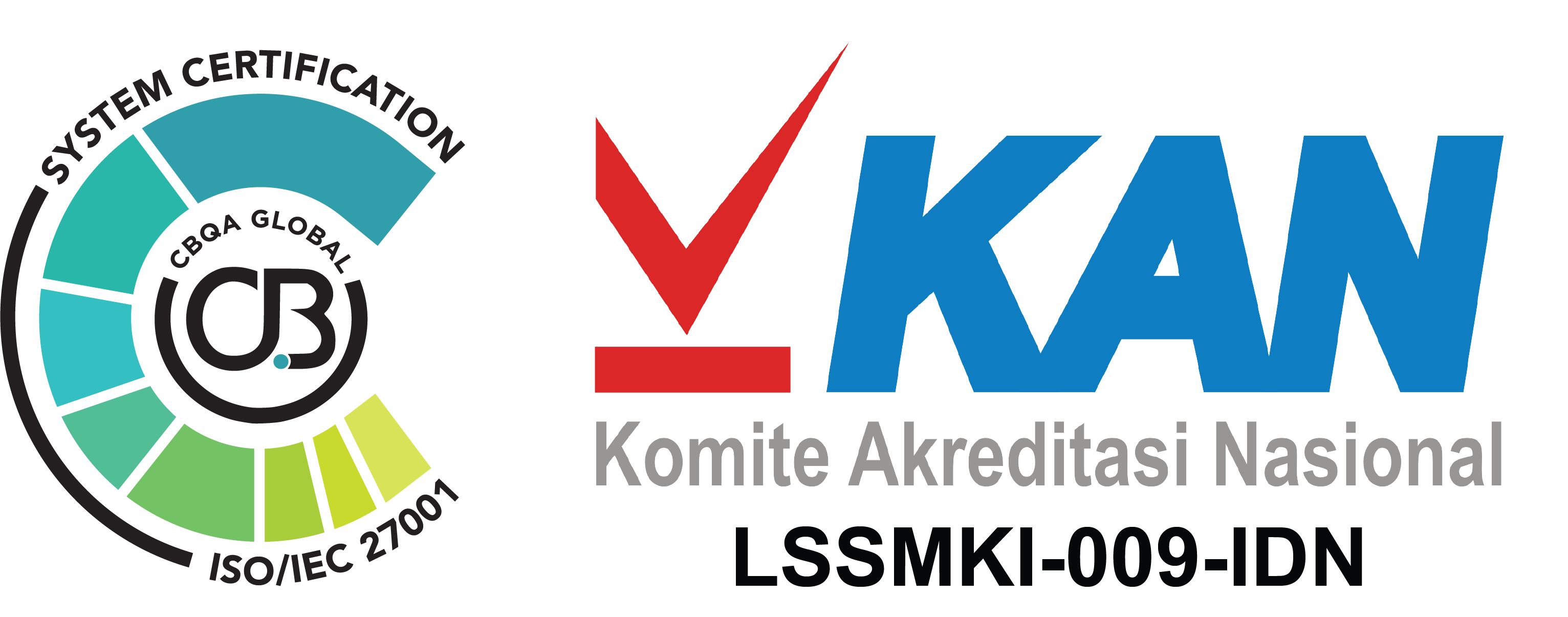Today’s Outlook:
• The S&P 500 inched higher on Friday, ending four consecutive weeks of declines that were brought on by trade policy turmoil, recession fears and a rollover in megacap tech shares. The S&P 500 added 0.08%, rising into positive territory as the trading session drew to a close. The broad market index ended the day at 5,667.56. The Nasdaq Composite gained 0.52% and settled at 17,784.05, while the Dow Jones Industrial Average advanced 32.03 points, or 0.08%, to close at 41,985.35. The broad-market S&P 500 posted a 0.5% weekly advance, averting a fifth straight week of losses. The Nasdaq rose 0.2% week to date, and the Dow posted a 1.2% gain. The session was volatile with major averages coming off their lows after President Donald Trump said there would be some “flexibility” with tariffs.
• FIXED INCOME AND CURRENCY : The benchmark 10-year Treasury note yield rose more than 1 basis point to 4.25%, while the 2-year Treasury yield was less than 1 basis point lower at 3.95%. One basis point is equal to 0.01%. Yields and prices have an inverted relationship. Investors are mulling over the outlook for the future of the U.S. economy amid U.S. tariff impositions and rollbacks, with the Federal Reserve holding interest rates earlier this week, given ongoing uncertainty. The dollar edged up against the euro on Friday, on pace for its first weekly gain this month, as investors booked profits from the euro’s recent advance ahead of the April 2 deadline for reciprocal U.S. tariffs. The euro was 0.3% lower at $1.08223, on pace to finish the week down 0.6%, its first weekly loss since February 28. The dollar rose 0.3% to 149.21 yen. On Wednesday, the Bank of Japan refrained from raising rates and warned of heightening economic uncertainty in the wake of ramped-up U.S. tariffs on trading partners. Sterling was 0.3% lower at $1.293, a day after the BoE warned that investors should not assume further cuts were guaranteed, given the uncertainty hanging over the global and UK economies.
• EUROPE : The pan-European Stoxx 600, French CAC 40, and the U.K.’s FTSE 100 all closed around 0.6% lower, while the the German DAX shed 0.5%. European markets closed lower on Friday, led by declines in the travel sector which was down 1.6% after the closure of Heathrow airport. European investors digested monetary policy updates that came from multiple central banks in the region, as well as the U.S. Federal Reserve, this week. The Bank of Russia held its key rates at 21% on Friday, citing high inflationary pressures. On Thursday, the Swiss National Bank trimmed interest rates by 25 basis points, while the Bank of England held rates steady in the U.K. and Sweden’s Riksbank also opted not to alter interest rates.
• – The euro was 0.3% lower at $1.08223, on pace to finish the week down 0.6%, its first weekly loss since February 28. The dollar edged up against the euro on Friday, on pace for its first weekly gain this month, as investors booked profits from the euro’s recent advance ahead of the April 2 deadline for reciprocal U.S. tariffs
• ASIA : Hong Kong’s Hang Seng Index slid 2.19% and ended at 23,689.72, dragged by healthcare and consumer cyclical stocks, while mainland China’s CSI 300 fell 1.52% to close at 3,914.7. Japan’s Nikkei 225 fell 0.2% to 37,677.06, and the broad-based Topix added 0.29% to close at 2,804.16, notching a seven-day winning streak. South Korea’s Kospi added 0.23% to 2,643.13 and marked five straight days of gains, while the small-cap Kosdaq dipped 0.79% to end at 719.41. Australia’s S&P/ASX 200 traded 0.16% higher, closing at 7,931.2. As for now, asian stocks are mixed signal due to uncertainty around the U.S. economy.
• – The dollar rose 0.3% to 149.21 yen. On Wednesday, the Bank of Japan refrained from raising rates and warned of heightening economic uncertainty in the wake of ramped-up U.S. tariffs on trading partners.
• COMMODITIES : Gold fell over 1% on Friday due to a stronger dollar and profit-taking, although lingering geopolitical and economic uncertainties, and U.S. Federal Reserve rate cut prospects kept bullion on track for a third consecutive weekly rise. Spot gold was down 1% at $3,014.36 an ounce. U.S. gold futures fell 0.7% to $3,021.80. Bullion has gained 0.7% so far this week. However, Israel announced an escalation in air, land, and sea strikes against Hamas in Gaza to pressure the release of remaining hostages, effectively abandoning a two-month ceasefire and launching an all-out air and ground campaign against the dominant Palestinian militant group. Brent crude futures climbed 16 cents, or 0.22%, to close at $72.16 per barrel. U.S. West Texas Intermediate crude futures gained 21 cents, or 0.31%, to settle at $68.28 a barrel. On a weekly basis, Brent gained 2.24% and WTI rose rise 1.64%. Oil prices rose on Friday, posting their second consecutive weekly gains, after fresh U.S. sanctions on Iran and a new OPEC+ plan for seven members to cut output raised bets on tightening supply.
• Last Friday, JCI closed lower to 6,258.18 (-1.94%), where several Big-4 banks namely BBCA broke the support of psychological number 8000 and BBNI also broke the psychological number 4000. Market is still digesting the situation and remains volatile due to tariff, as well as last Friday’s FTSE rebalancing. JCI still tends to be volatile in times like this, where the 6000 figure is the last defense psychological support figure in this quite volatile downtrend era. Advise: Wait and See.
Company News
• BDMN: Bank Danamon Splits Jumbo Dividend Despite 2024 Profit Slump
• HEAL: Buyback, HEAL Prepares Rp100 Billion Budget
• AMRT: Alfamart Outlets Earn Rp118.2T Revenue Throughout 2024
Domestic & Global News
KEK Batang Signs MoU with China, Investment Potential Reaches IDR 60 trillion
Japan and China Hold Economic Dialogue Amid US Tariff Threats
Download full report HERE.

